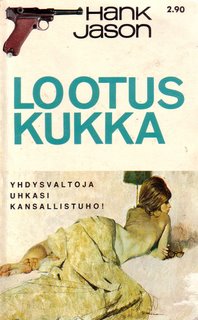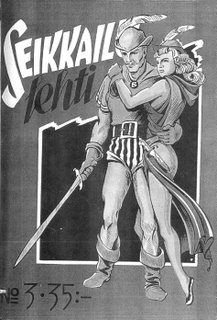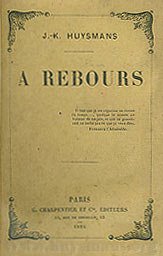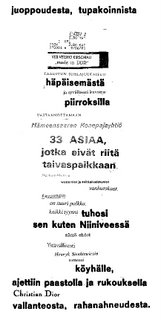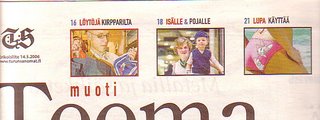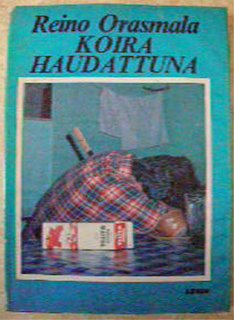
I had a chance to see the only known copy of Warner Rose's
The Smut Peddler (USA 1965) that tells about a making of a sex magazine in the mid-sixties. It's an awful film, there's nothing to be sad about the fact that all the copies of the film are believed to be destroyed. (The trailer exists and it's much better than the actual film, since it's 1:25 h shorter.) The copy is in the dens of the Finnish Film Archive and it's in a pretty good shape.
It seems that someone has gotten hold of two approximately 20 minutes of footage that shows nudie pictures being taken in Vienna and Paris. These have nothing of interest, except that some of the girls are quite good-looking. These are linked together via a story of a journalist interviewing of two former staff writers of "Dream Girl", the famous nudie magazine that was run by a man called D.G. Rawlins ("goes for DeGenerate", someone says in the film).
Dream Girl was famous for its outrageous photos. For example, there's a scene in which a girl attacks another, strangles her, tries to shove her head into a hot oven and pulls her teeth out. There's an odd discrepancy between these scenes and the footage about nudie pictures which are very cute. Behind all this there was a sadist lesbian editor, who insisted torture being shown in Dream Girl.
She also liked to "enjoy" the girls after D.G. Rawlins had taken them. (This particular scene is accompanied by a stupid march song, as if there was something funny about a girl being raped.)The sets are poor, the actors are poor, to say the least, and there's nothing of a decent plot here. There's some mild satire, but all in all a pretty sad film. The magazine's office consisted of a desk and a phone.
The other commentator (not the Finnish one, who must've seen the same copy)
here is wrong, because there's simply no "slightly frightening, heavily-made up man who calls himself The Smut Peddler" in the film. He appears only in the trailer.
The script writer of the film was, if I remember the credits correctly, Herbert Coleman, but he must be some other fellow than
the Coleman who worked as an assistant director and producer in some of Hitchcock's films.
Edit: see also the sequel post to this.


